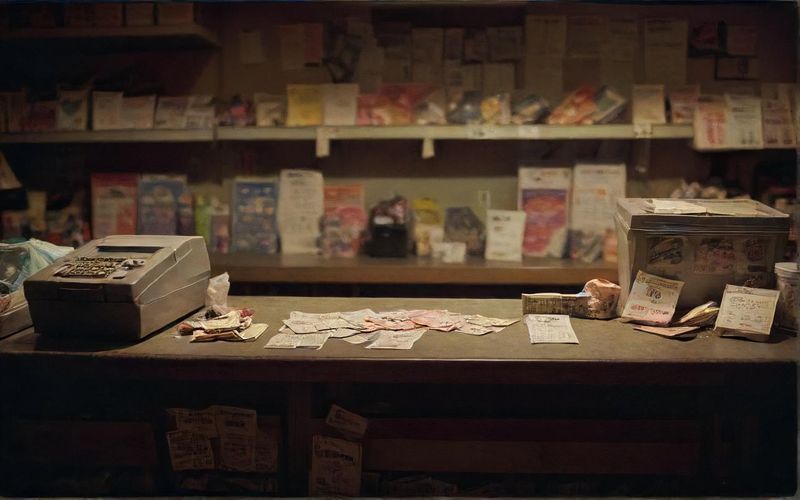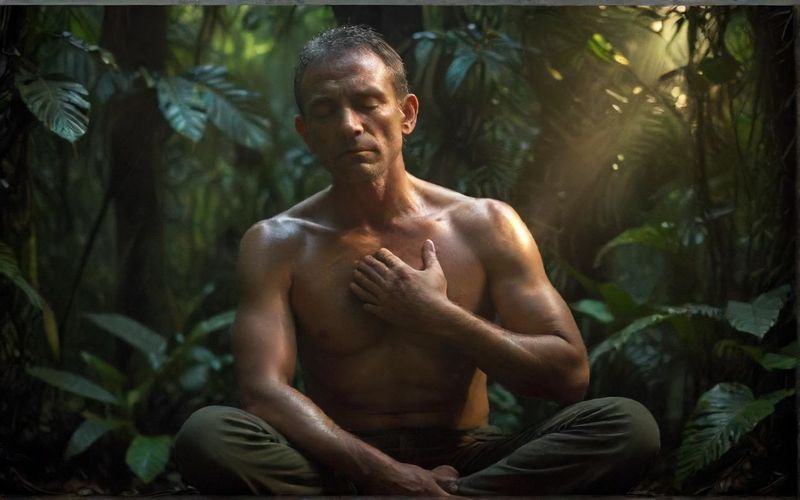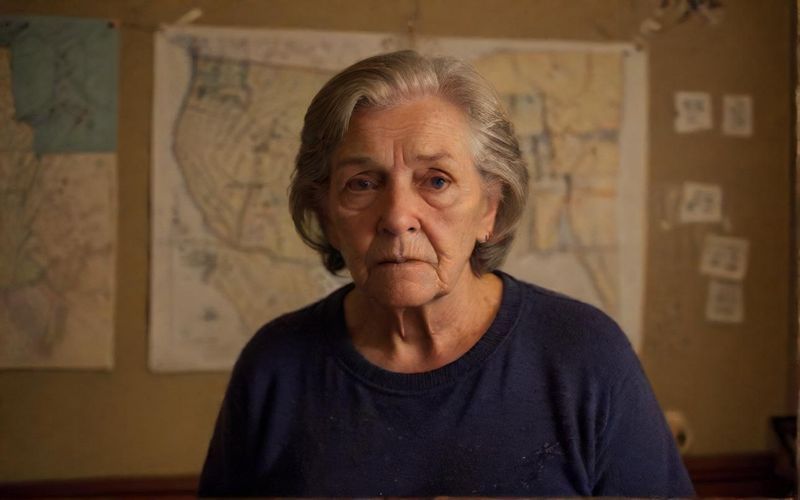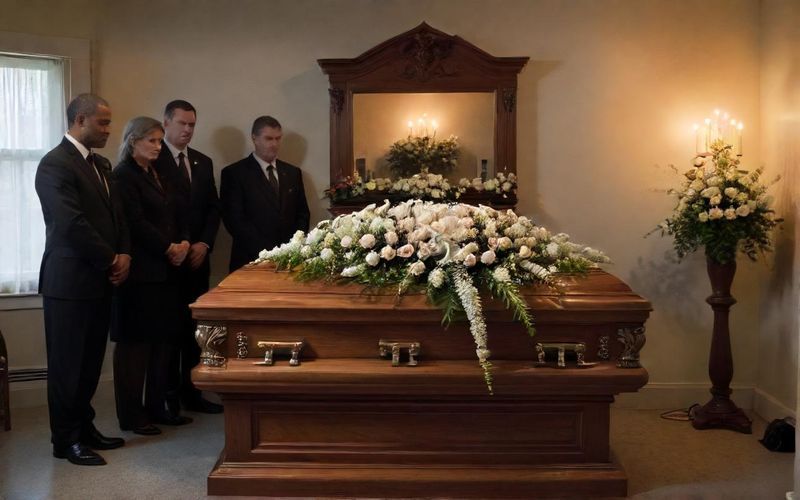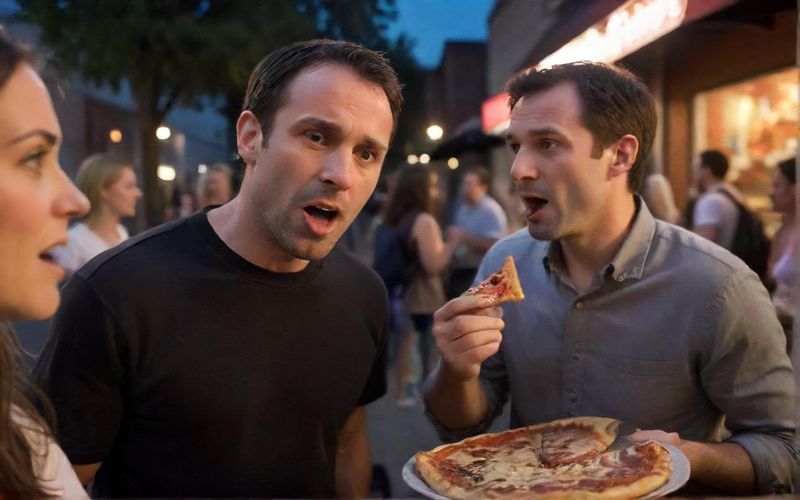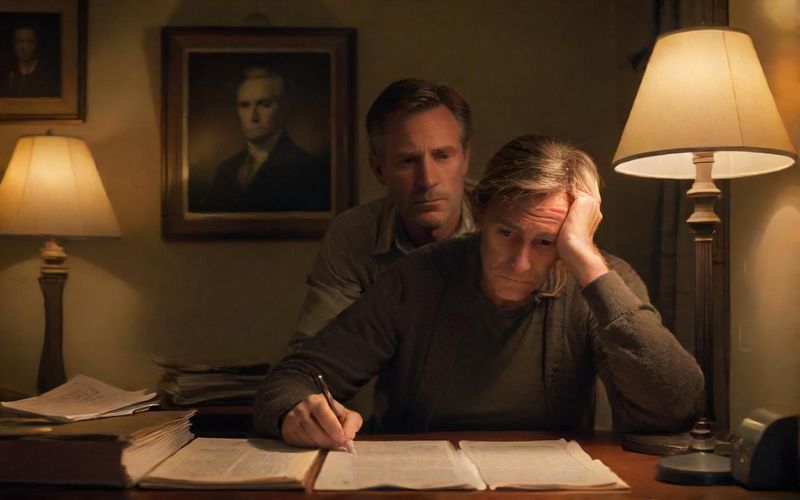TwitchCon Creator Safety: What’s Next for Twitch?
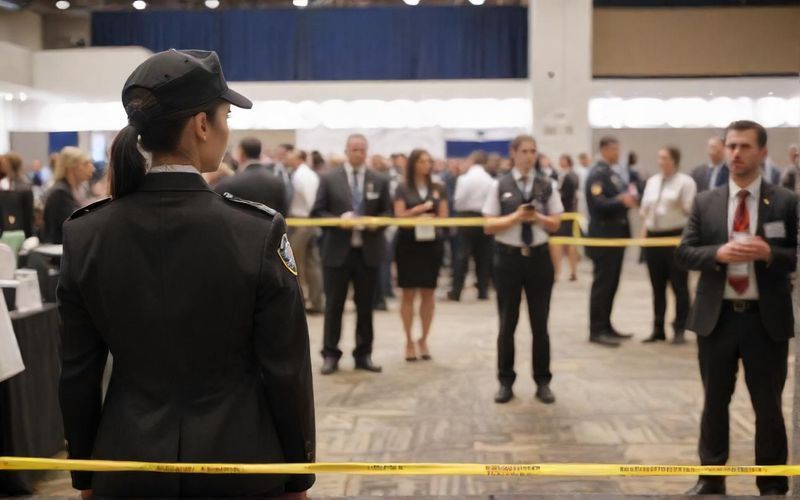
What’s particularly unsettling in the wake of this event is the reported delay in providing crucial information to law enforcement, as detailed by Emiru herself. The narrative suggests a concerning initial reluctance from Twitch to hand over the assailant’s identity, a delay that allowed the individual to leave the area. This point, seemingly a minor administrative hiccup, carries immense weight. In situations involving potential threats, time is not a luxury; it’s a critical factor in ensuring the safety and well-being of those targeted. The fact that an external tip ultimately prompted the information’s release raises serious questions about Twitch's internal protocols and their responsiveness when a creator's safety is demonstrably at risk.
Twitch CEO Dan Clancy’s subsequent apologies, both on behalf of the company and personally, are a necessary step. Acknowledging failure, as he has, is crucial for rebuilding trust. However, as many in the streaming community rightly point out, apologies, while important, need to be substantiated by concrete action. The frustration voiced by other creators, like Asmongold, about ongoing issues with platform bans for misconduct suggests a deeper, systemic problem that a single event, however significant, highlights. The core concern is whether Twitch’s approach to safety is proactive and robust, or reactive and often insufficient.
The live streaming industry, particularly platforms like Twitch, has experienced explosive growth, transforming entertainment and community building. We've seen incredible talent emerge, forging careers and fostering loyal fanbases, all facilitated by these digital stages. The very nature of a meet-and-greet, while a cherished opportunity for fans to connect, also inherently introduces a layer of physical risk. It necessitates a security infrastructure that is not just present, but visibly effective and responsive. The incident with Emiru underscores the need for Twitch to move beyond mere platitudes and implement tangible safeguards that genuinely protect creators from harassment and assault.
This isn't just about one event; it's about setting a precedent. The health of the entire creator economy hinges on the belief that these platforms are safe havens. When that belief is shaken, the future of streaming itself is called into question. The community’s outcry for clearer reporting procedures, more transparent enforcement of bans, and enhanced on-site security at future events like TwitchCon aren't just demands; they are essential calls for the platform to uphold its foundational responsibility.
As the platform grapples with its shortcomings, the question remains: what tangible changes will emerge from the shadow of this incident? Will Twitch’s commitment to creator safety evolve from an often-overlooked obligation to a paramount priority, actively shaping every aspect of its events and operations, or will this become another painful chapter in a recurring narrative of unfulfilled promises?

